Basil (Ocimum basilicum) is one of the most beloved herbs around the world, prized for its rich aroma, fresh taste, and versatility in cooking. Whether you’re using it in pesto, garnishing your pasta, or infusing your favorite drink, nothing beats the fragrance and flavor of freshly picked basil leaves. And the good news is — it’s incredibly easy to grow at home, even for beginners.
Caring for a basil plant naturally means avoiding synthetic chemicals and leaning on organic, time-tested methods to keep it healthy, lush, and productive. In this guide, we’ll walk you through everything you need to know about how to grow, care for, and harvest your basil plant using natural techniques.

Why Choose to Grow Basil Naturally?
Opting for natural care methods is not only better for the environment but also safer for you and your family. When you skip chemical fertilizers and pesticides:
- You maintain clean, edible leaves free from harmful residues.
- You support beneficial insects like bees and ladybugs.
- You build healthier soil over time.
- You create a more sustainable and eco-friendly garden.
Plus — basil thrives when cared for naturally!
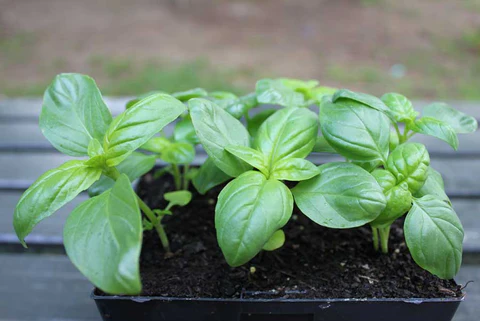
Best Conditions for Growing Basil
Basil is a sun-loving, warm-weather herb native to tropical regions of Asia and Africa. To keep it thriving indoors or outdoors, mimic its natural habitat.
1. Light Requirements
Basil loves sunlight. It needs at least 6-8 hours of direct sunlight daily.
- Outdoor Basil: Place it in a sunny spot, like a south-facing garden bed or balcony.
- Indoor Basil: Position it near a bright, sunny window. If natural light is insufficient, use a grow light to supplement.
Tip: Without enough light, basil plants become leggy and weak, producing fewer leaves.
2. Temperature and Humidity
- Ideal temperature: Between 70°F and 85°F (21°C to 29°C).
- Basil is sensitive to cold. Temperatures below 50°F (10°C) can cause leaves to turn black and drop.
- Humidity: Moderate to high humidity helps keep basil happy. If growing indoors in dry air, consider misting your plant or placing a shallow water tray nearby.
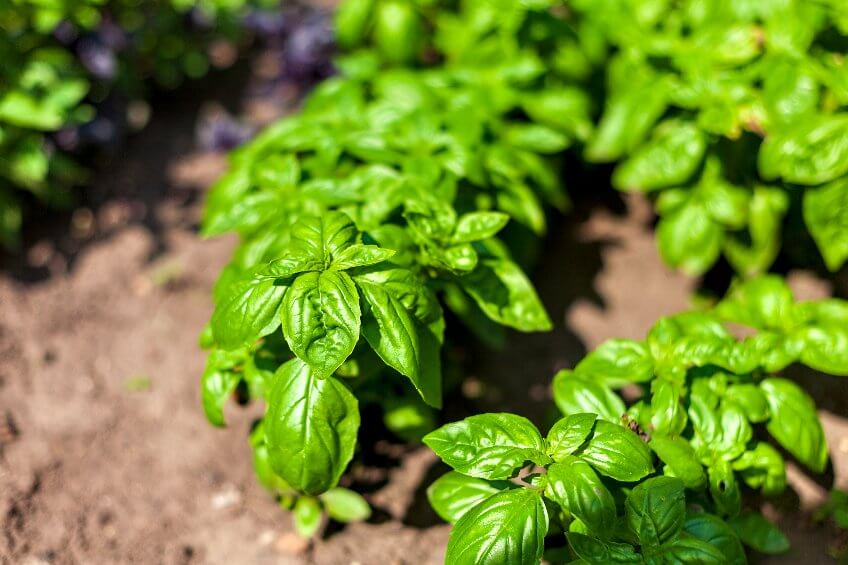
Natural Soil and Potting Needs for Basil
Basil thrives in rich, well-draining soil.
Recommended natural soil mix:
- 2 parts organic potting soil
- 1 part compost
- 1 part perlite or coarse sand for drainage
Ensure the soil pH is slightly acidic to neutral (6.0 to 7.5). If planting in a container, choose one with adequate drainage holes to prevent waterlogging.
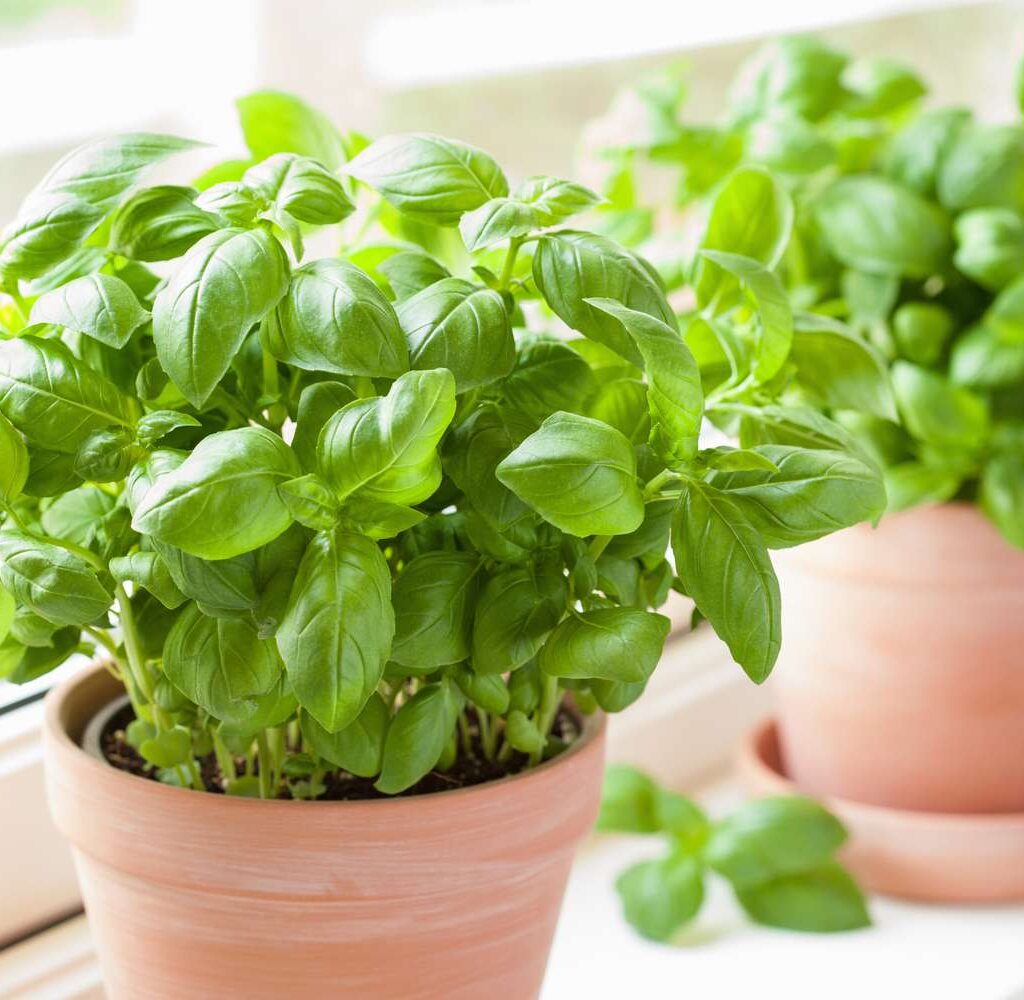
How to Water Basil Properly
Basil prefers consistently moist soil — not too dry, not too soggy.
Natural Watering Tips:
- Water when the top inch of soil feels dry to the touch.
- Water at the base of the plant to avoid wetting the leaves, which can cause fungal issues.
- Use room-temperature rainwater or filtered water if possible, as cold water can shock the roots.
- Avoid overwatering — soggy soil leads to root rot.
Tip: In hotter months, you may need to water basil daily, especially if it’s outdoors.
Feeding Basil Organically
Basil benefits from regular feeding, especially during the active growing season (spring and summer).
Natural Fertilizer Options:
- Compost tea: Soak compost in water for a few days, then use the nutrient-rich liquid to water your plant.
- Banana peel water: Soak banana peels in water for a day or two and use the potassium-rich water.
- Diluted fish emulsion: Provides a balanced natural nutrient boost.
- Crushed eggshells: Add to soil for a natural calcium source.
Feed basil every 2-3 weeks during its growing period for the best leaf production.
Pruning and Harvesting Basil for Better Growth
Regular pruning not only keeps your basil looking tidy but also encourages it to become bushier and more productive.
How to Prune Basil Naturally:
- Start pruning once your plant has at least 6-8 leaves.
- Pinch off the top set of leaves right above a leaf pair. This will encourage the plant to branch out from the sides.
- Always prune flower buds as soon as they appear to prevent the plant from bolting (flowering and going to seed), which reduces leaf quality.
Best Time to Harvest:
- Harvest in the morning when leaves are most flavorful.
- Take no more than one-third of the plant’s leaves at a time to avoid stressing the plant.
Tip: Regular harvesting prolongs the life of your basil plant.
Natural Pest Control for Basil
Basil can attract aphids, spider mites, and whiteflies, but natural remedies can keep these pests under control without chemicals.
Natural Solutions:
- Neem oil spray: Mix 1 tsp neem oil, 1 tsp mild dish soap, and 1 liter of water. Spray on leaves in the early evening.
- Insecticidal soap: A gentle homemade mixture of water and a few drops of natural castile soap.
- Companion planting: Grow basil alongside marigolds, tomatoes, or garlic to naturally deter pests.
- Hand-picking: Regularly check under leaves and remove any visible pests.
Tip: Avoid overwatering and overcrowding plants, as these conditions invite pests and disease.
Common Basil Growing Problems and Natural Solutions
| Problem | Natural Solution |
|---|---|
| Yellowing leaves | Check for overwatering or nutrient deficiencies. Use compost tea. |
| Wilting leaves | Underwatering or root rot. Adjust watering habits. |
| Leaf spots | Remove affected leaves. Improve air circulation. |
| Flowers appearing too early | Pinch them off immediately to redirect energy into leaf growth. |
Growing Basil Indoors Year-Round
One of basil’s best qualities is its ability to grow indoors in containers. Here’s how to make it thrive year-round:
- Use a bright, south-facing window or supplement with grow lights.
- Maintain indoor temperatures between 65°F-75°F (18°C-24°C).
- Use natural fertilizers like compost tea regularly.
- Keep humidity consistent by misting occasionally.
- Regularly prune for bushier, healthier growth.
How to Preserve Fresh Basil Naturally
Got a bumper crop of basil? Here’s how to preserve it naturally:
- Air Dry: Tie stems into small bunches and hang upside down in a dry, dark place.
- Freeze: Chop leaves and place them in an ice cube tray with olive oil. Freeze and use in recipes.
- Basil Vinegar: Steep leaves in vinegar for a fragrant infusion.
Tip: Avoid refrigerating fresh basil as it quickly turns black in cold, dry air.
Health Benefits of Fresh, Naturally Grown Basil
Besides being delicious, basil is loaded with health benefits:
- Anti-inflammatory properties from compounds like eugenol.
- Rich in antioxidants, including vitamin A and C.
- Helps promote heart health and supports immune function.
- Known in herbal medicine for its calming, stress-relieving effects.
Growing it naturally ensures you get the cleanest, most nutrient-packed leaves possible.
Final Thoughts
Caring for a basil plant naturally is easy, rewarding, and incredibly satisfying. By providing your plant with plenty of sunlight, well-draining organic soil, regular watering, and natural fertilizers, you’ll be rewarded with lush, aromatic leaves for months on end. Plus, with natural pest control and proper pruning, you’ll keep your basil healthy, bushy, and productive without needing harmful chemicals.
Whether you’re growing basil in your kitchen windowsill or garden bed, these natural care tips will help you enjoy fresh, flavorful basil leaves anytime you need them. So grab a pot, some good soil, and a few seeds — and get growing!

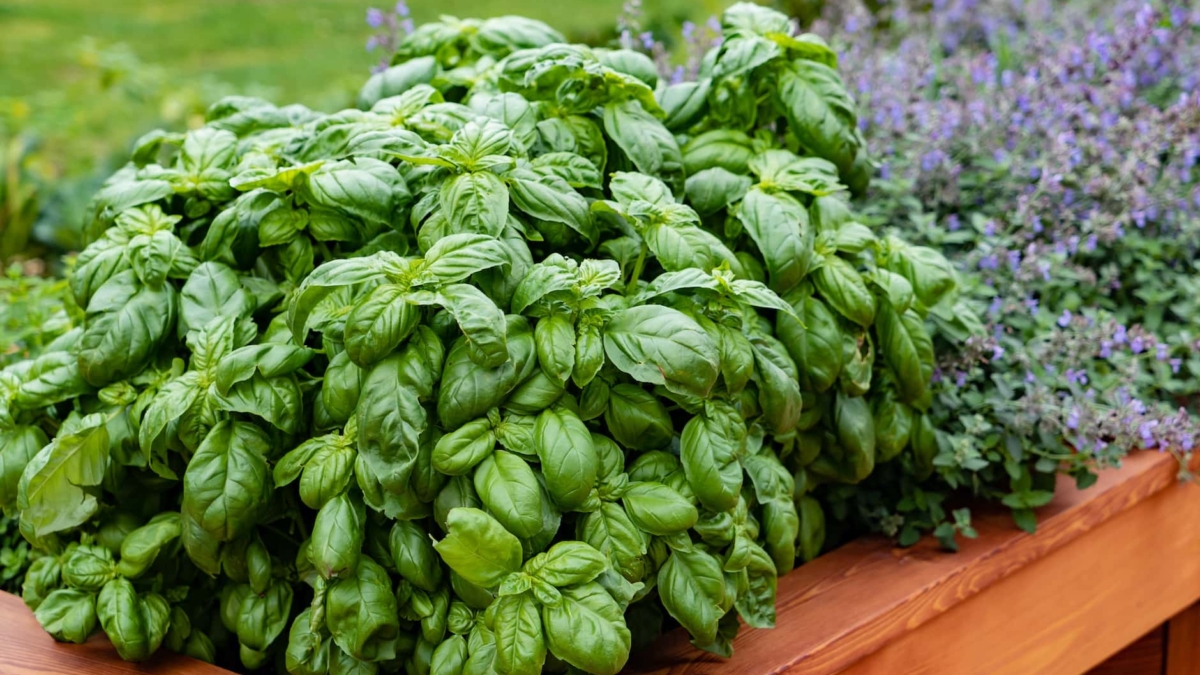

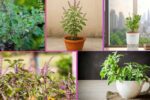

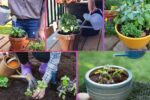
Leave A Comment